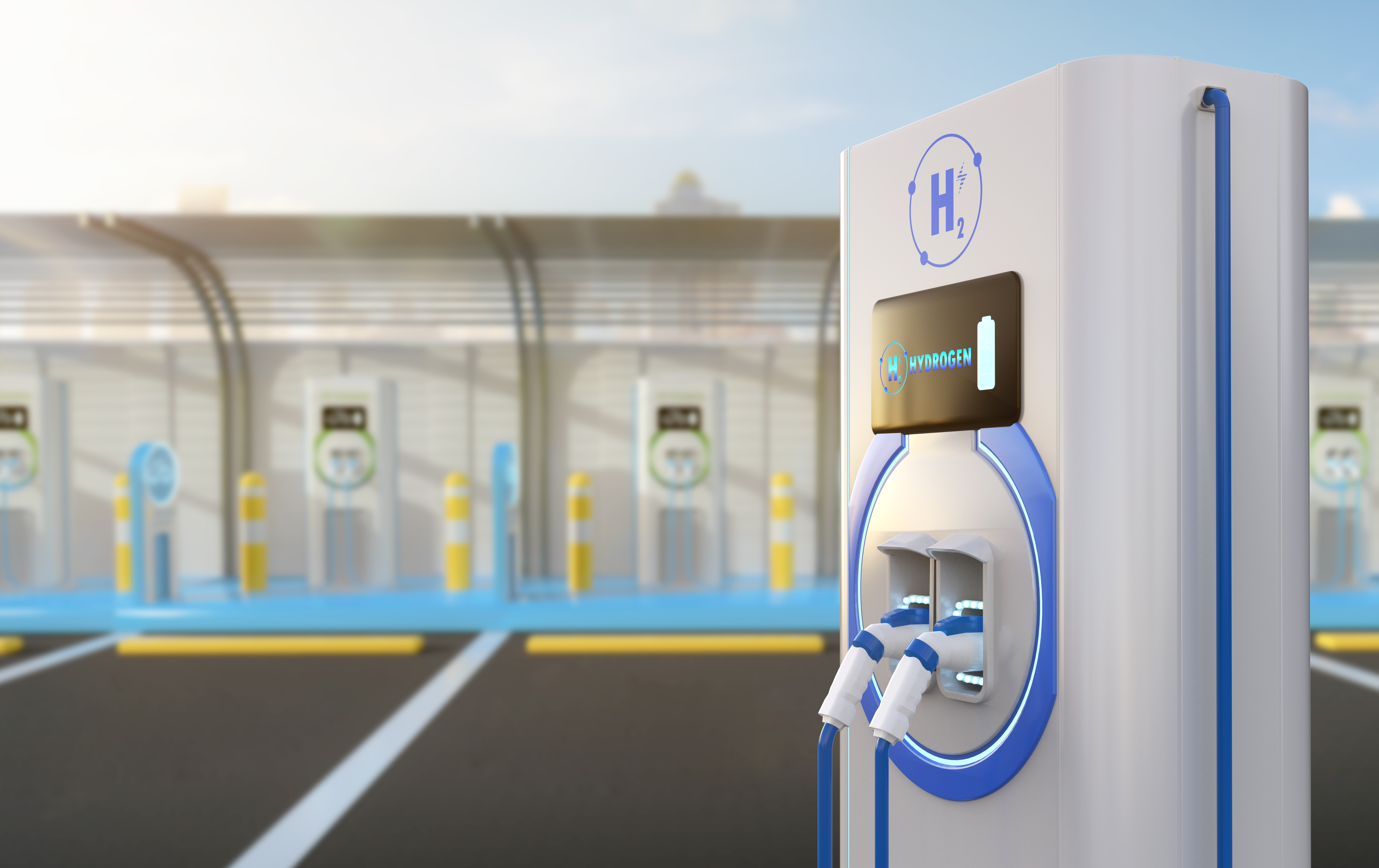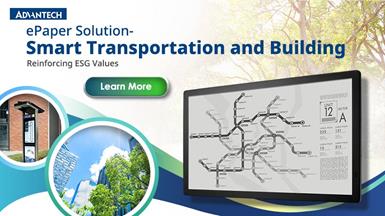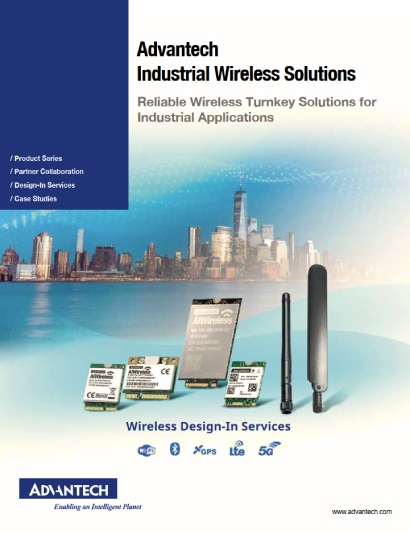How to choose the best display for an EV charger?
3/23/2023

Standard or wide ratio
Most panels come in standard 4:3 ratio of 4:3 or the wide ratio of or 16:9 wide-ratio options. ,The 4:3 ratio is has a more square-shaped like square type form factor, and that offers enough provides a sufficient viewing area for EV charger kiosk operation., and the wide ratio of 16:9 ratio features a top and bottom that is almost twice as long as the sides, and is more suitable for application within signage, for advertisements and videos.
Display size
Choosing a suitable size display for an EV charger station depends on the purpose and use of the display. For example, if a display is only used for basic operation and transactions, a 7” and 10.1” wide ratio display with 800x480 or 1024x600 resolution are ideal choices. If the EV charger kiosk needs to provide more complex transaction operation, the 12.1” and 15” models with 4:3 ratio are the best options. Likewise, the larger 21.5” and 23.8” form factor solutions with 16:9 wide ratio capabilities are best for salutations intended to deliver maximum video performance.
Brightness
Choosing a suitable size display for an EV charger station depends on the purpose and use of the display. For example, if a display is only used for basic operation and transactions, a 7” and 10.1” wide ratio display with 800x480 or 1024x600 resolution are ideal choices. If the EV charger kiosk needs to provide more complex transaction operation, the 12.1” and 15” models with 4:3 ratio are the best options. Likewise, the larger 21.5” and 23.8” form factor solutions with 16:9 wide ratio capabilities are best for salutations intended to deliver maximum video performance.
Viewing angle
The displays with wider viewing angles are capable of delivering superior images when seen from different angles. Indeed, the display technology provides TN, IPS, and VA type options for different level of viewing angles. TN technology is widely used in industrial equipment. However they have some disadvantages. TN type displays feature narrow viewing angles and gray scale inversion. On the contrary, IPS and VA technologies offer 178/178 ultra-wide viewing angles on both the horizontal and vertical sides.
Air bond or Optical bond
The iinteractive touch solutions would require a bonding process to that integrates the LCD panel and touch screen. The air bonding process is the most common solution, and that ussing an optical adhesive type to fix secure the touch screen toon the LCD panel. This is the most cost effective solution and boasts an easy production process. The optical bonding is using the optical glue or adhesive for to produce a fully- laminated LCD panel and touchscreen. This can also reduce light reflection by removing air gaps. This in turn helps to improve the contrast ratio and limit brightness reduction.



